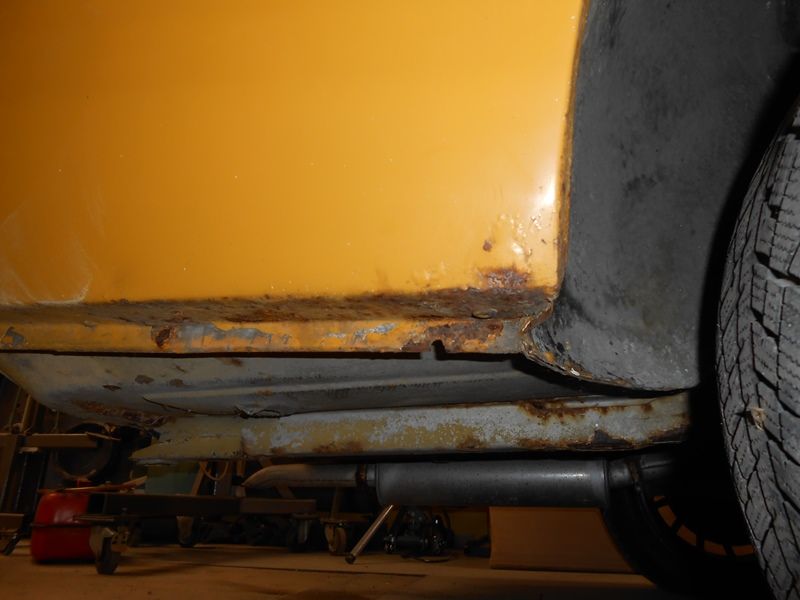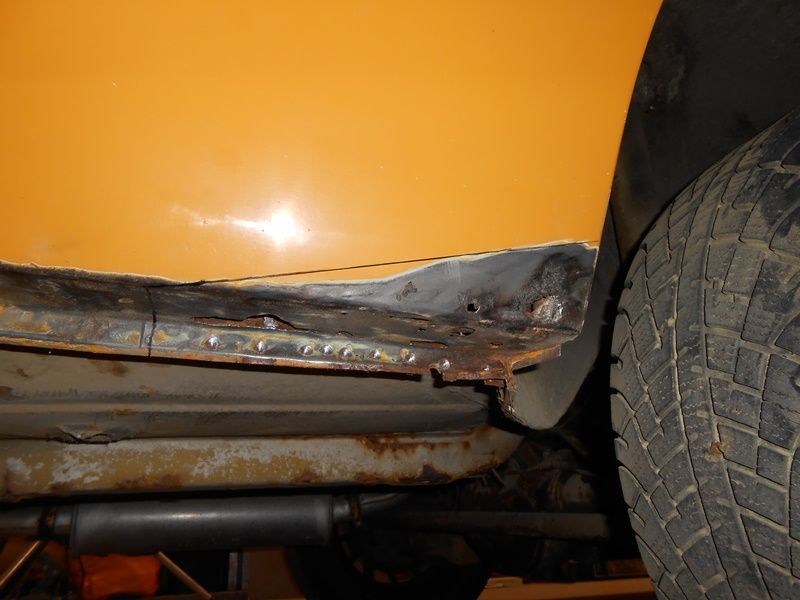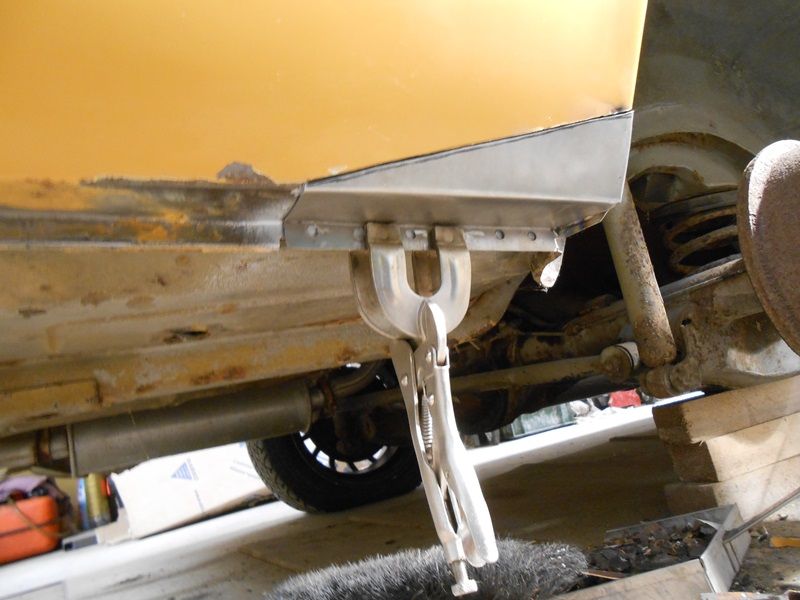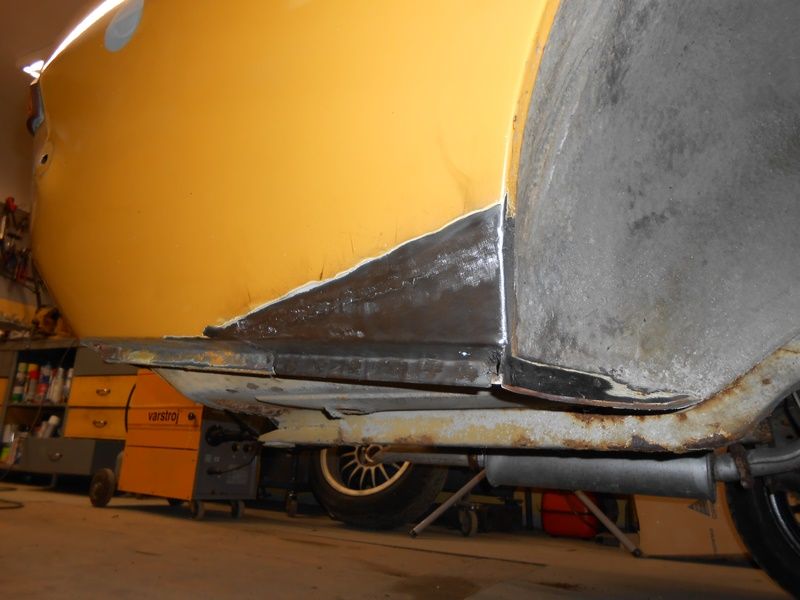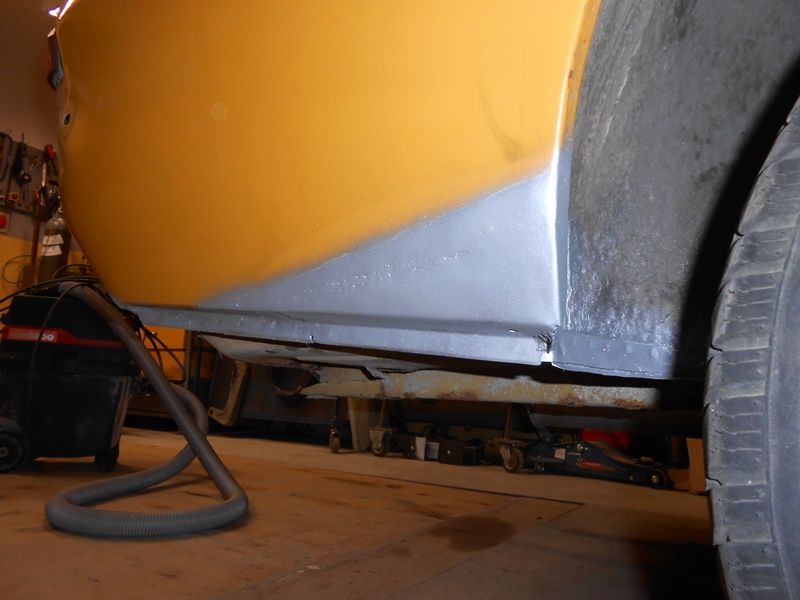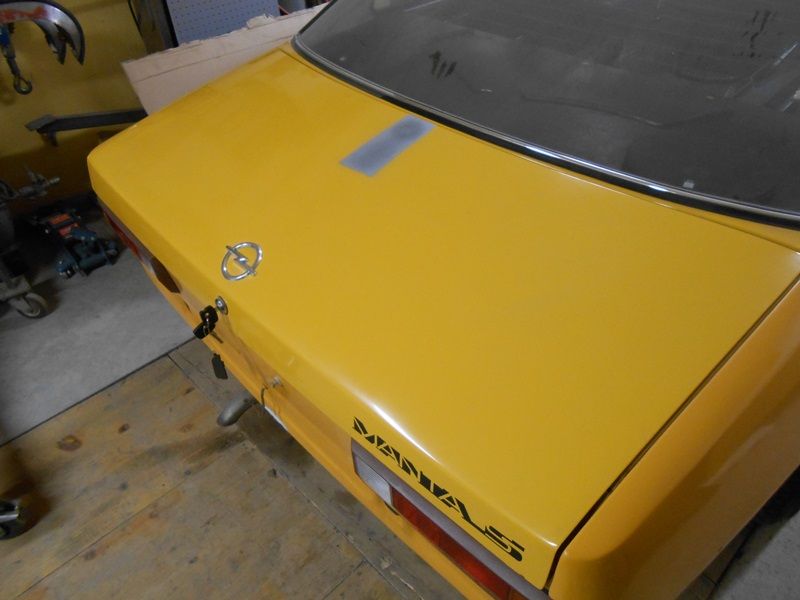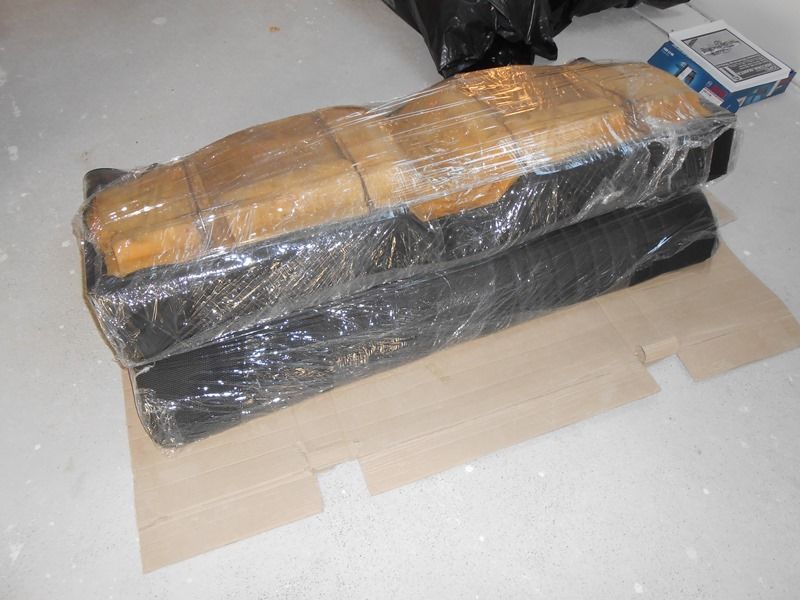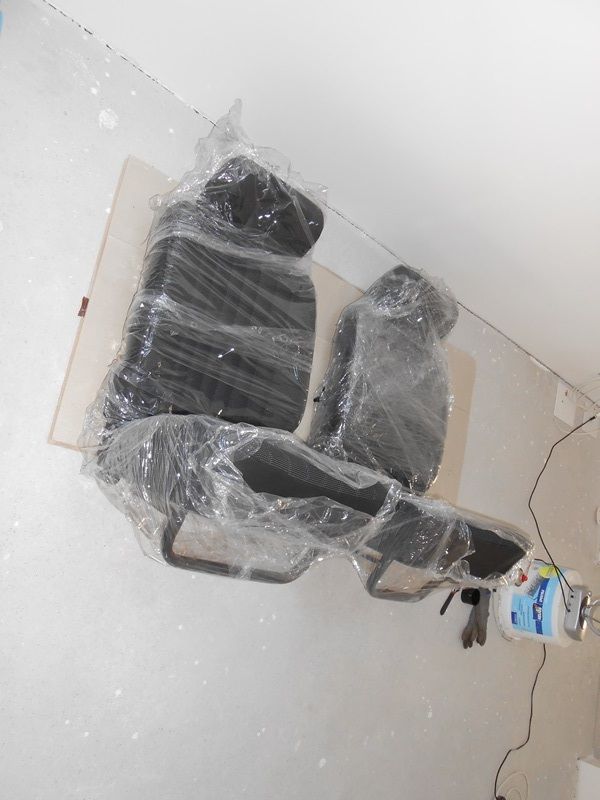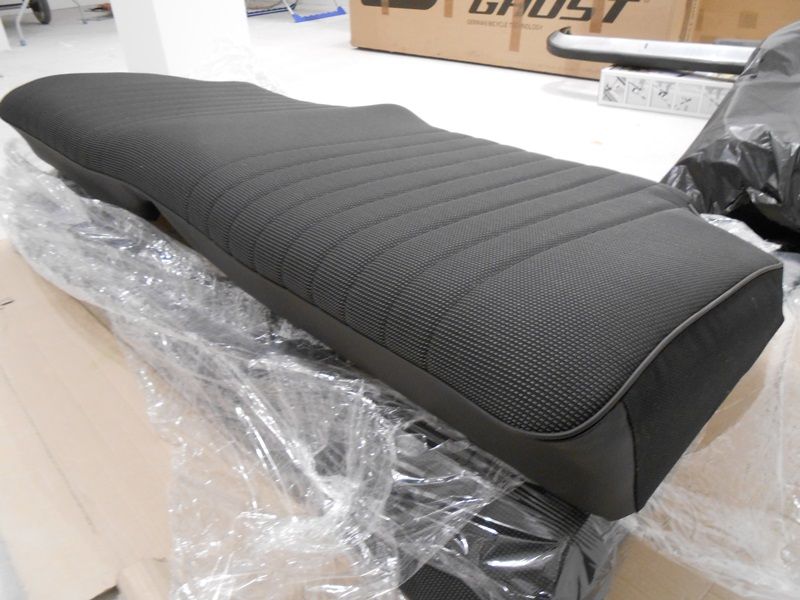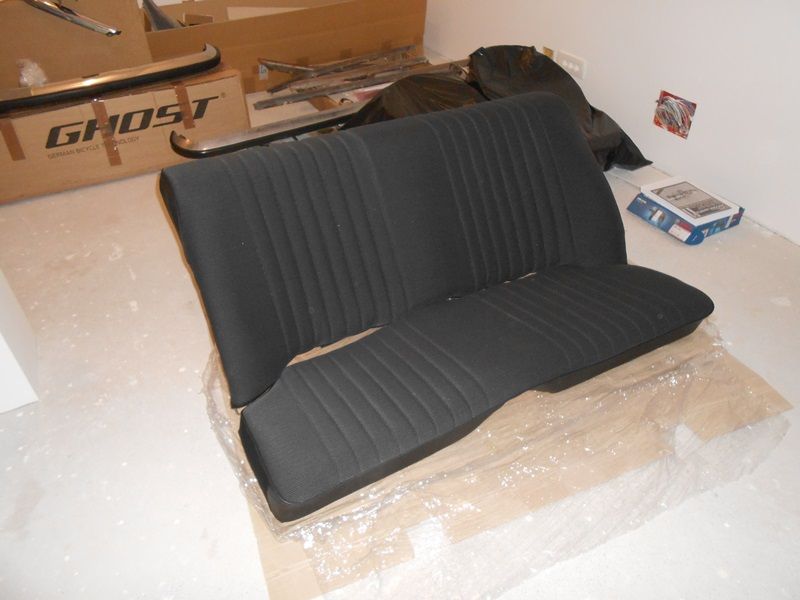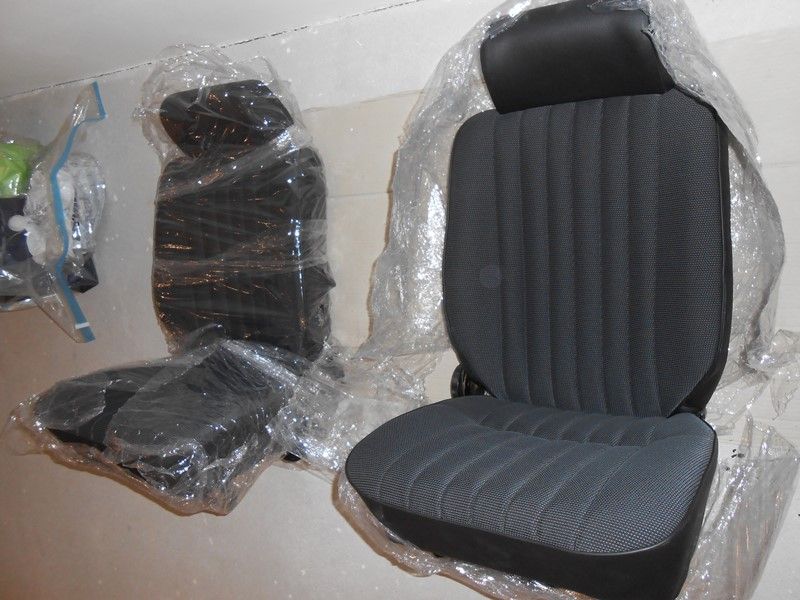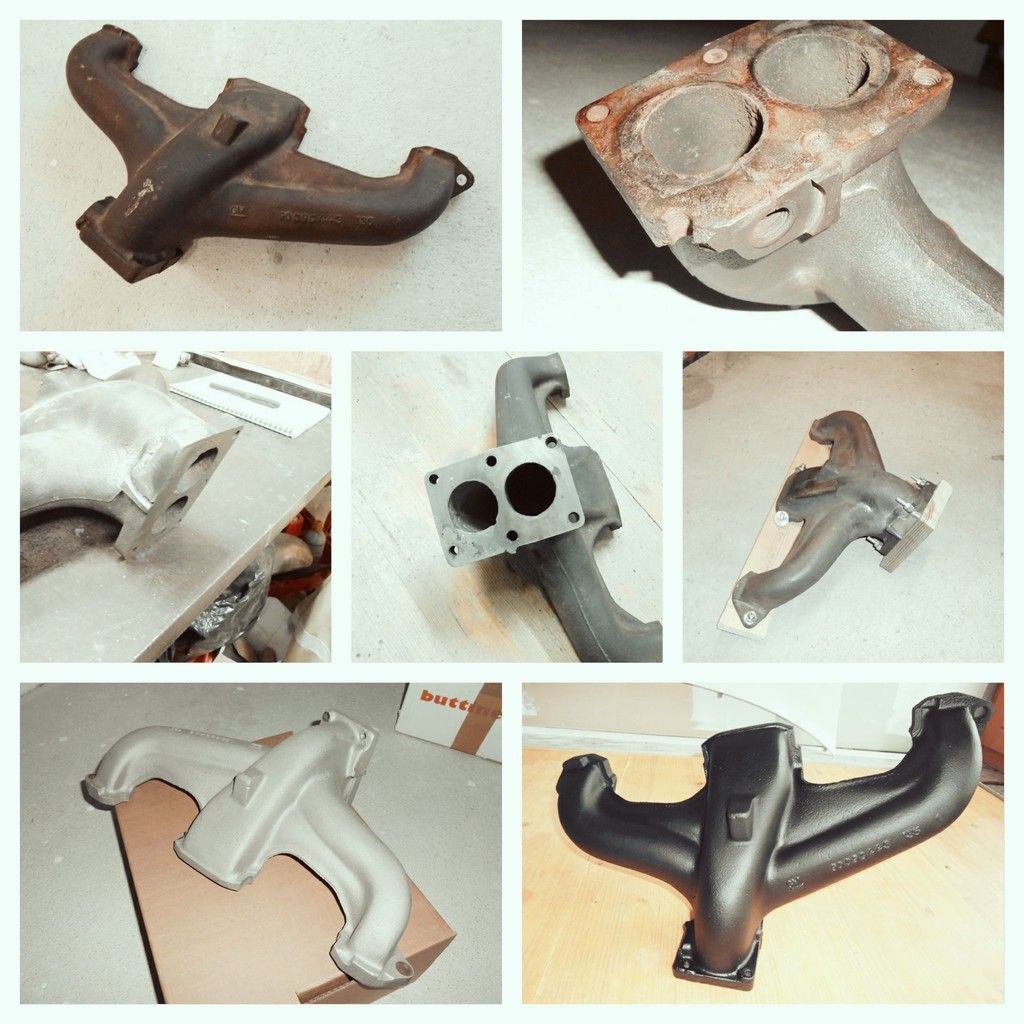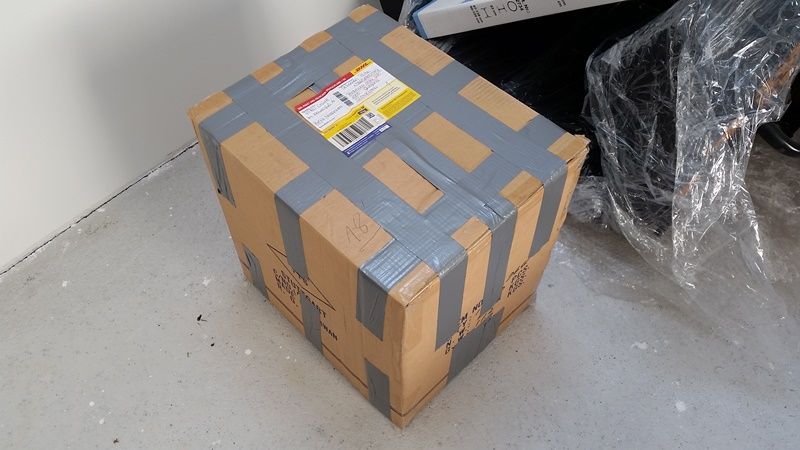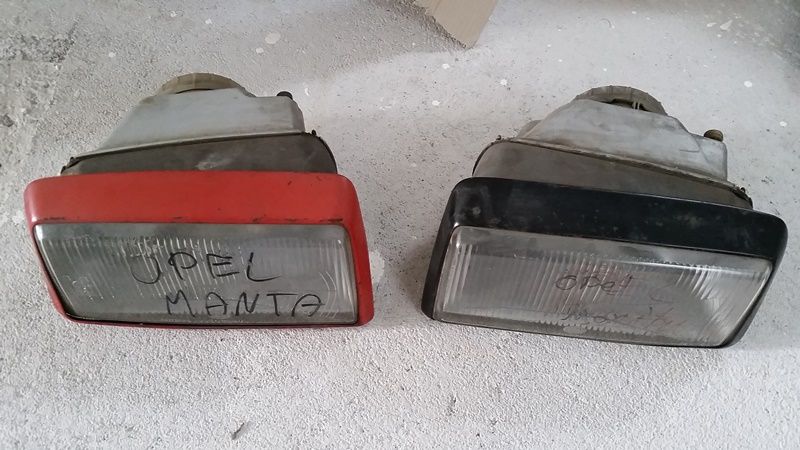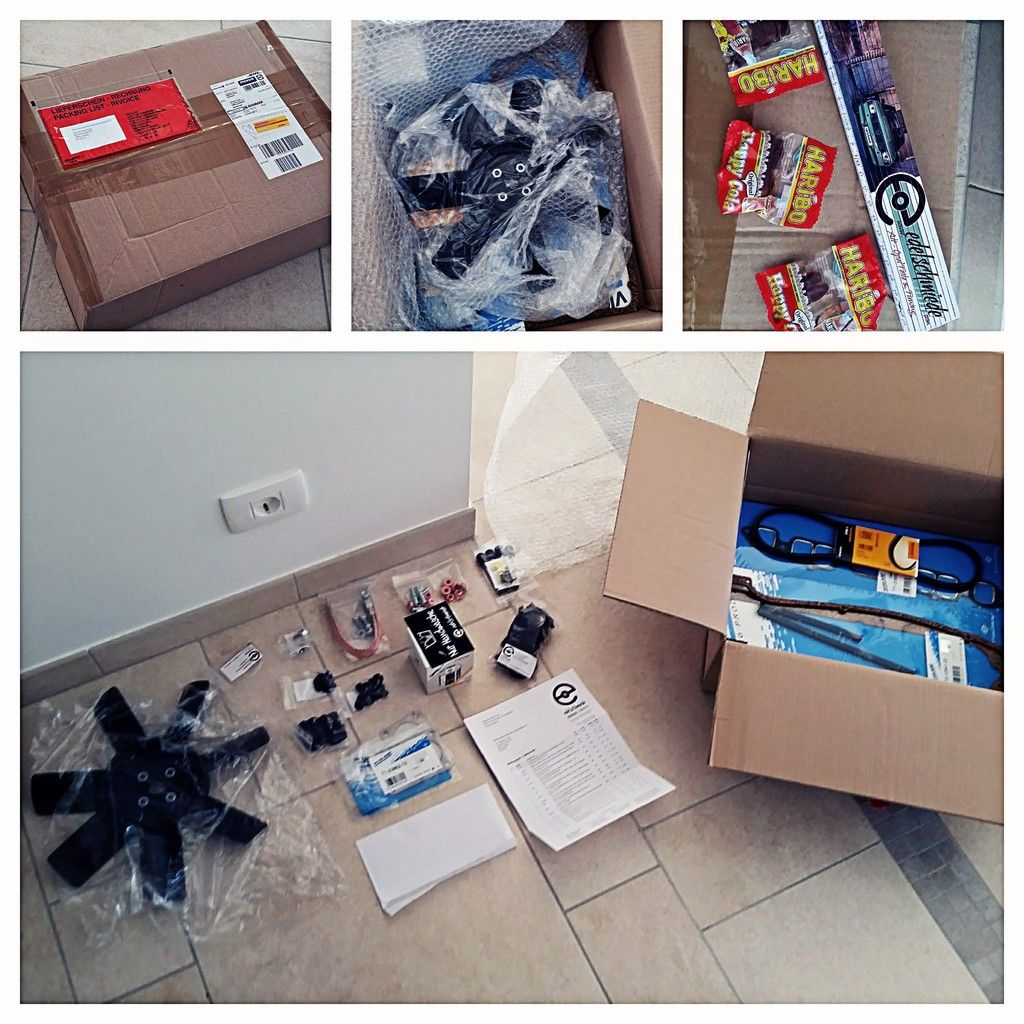Hvala za ponudbo. Bom imel v mislih, če se bo pokazala potrebaeugene wrote:Imam če ne jaz ene 40 ke pa bova zamenjala + moje doplačilo. 40 so do 130 konjev komot.
Načeloma je pri teh karboratorjih manj pomembno ali so 40 ali 45, morajo imeti pa pravilen setting in moji so že lepo pripravljeni za ta motor. Imam prave venturije, velikost main jetov in air correctorja. Torej na njih za ta motor ne bo kaj dosti treba več delat. Če vzamem kake druge bom moral spet investirat v te zadeve, zato zaenkrat ostaja status quo
Recimo en dober članek na to temo, kako se računa velikosti venturijev, jet-ov,...
Selection and tuning of Dellorto DHLA carburettors
A very popular modification for RH7 owners is the fitment of twin Dellorto DHLA, these carburettors are very similar to the Weber DCOE range and not only deliver the goods but also look very good. A good deal of mystique surrounds Dellortos, specifically jetting and tuning. However Dellorto DHLA series carbs are not as complicated as you might imagine, and whereas there is no substitute for a good rolling road session to tune them, there is much you can do to tune them yourself, by selecting the correct choke sizes and initial jet settings according to a fairly simple set of rules. This should get the engine running to a reasonable standard in preparation for the rolling road.
Arriving at the correct carb/venturi size
When selecting Dellortos, the most commonly asked question is "Should I have 40s or 45s" coupled with "Surely the 45s will give more power". This shows a basic misunderstanding of the construction and principles of operation of the DHLA series. It is not the barrel size (40 or 45) which determines the airflow and therefore potential horsepower; it is the size of the main venturi or choke. Selection of the correct main venturi size is the first step in selecting the carburettor.
It is easy to make the assumption that biggest is best when selecting a main venturi size, but the purpose of the main venturi is to increase the vacuum acting on the main jet in order to draw in and effectively atomise the fuel mixture. The smaller the main venturi, the more effective this action is, but a smaller venturi will inhibit flow. A large venturi may give more power right at the top end of the power band, but will give this at the expense of lower RPM tractability. Only a circuit racer will benefit from this sort of compromise, on a road car, driveability is much more important. 95 percent of the time, a road engine is nowhere near its peak power, but is near its peak torque for 75 percent of the time. It is much more important therefore to select the main venturi for best driveability, once the venturi size has been selected, then the appropriate carburettor size can be arrived at.
Here is a small chart showing the available Main Venturi size for Common DHLA series carbs
Size Available Venturi sizes
40 24-36mm
45 28-40mm
48 40-43mm
Below is a chart that will allow the correct selection of main venturi size for engines given the engines capacity and the RPM at which peak power is realistically expected to be achieved, for road engines peak power is usually between 5250 and 6500, depending on the cam selection. After the correct venturi size has been arrived at it is a simple matter to determine whether 40/45 or 48 DHLAs are required, take the venturi size and multiply by 1.25, the result is then the ideal barrel size which will accommodate the venturi size selected.
Chart Showing Main Venturi Sizes for Various Engine sizes and RPM range
Carburettor Barrel size calculation
Venturi/choke size * 1.25
For example: a two litre engine giving its maximum power at 6000RPM will require a venturi size of 36mm, and therefore an ideal barrel size of 45mm (36 * 1.25), for this application 45 DHLA is the ideal solution. However a 40 DHLA will accommodate a 36mm choke, so if funds are limited and the engine is not going to be tuned further then 40 DHLAs will do the job.
If you have bought your Dellortos second-hand, it is important to understand that it is unlikely that they will be 'ready jetted’. However if you do not want the expense of changing the main venturis, you will still need to know their size, this is normally embossed on the venturi itself, so look carefully down through the main barrel of the carb from the air cleaner side.
Diagram of Main Jet assembly
Main Jet and Air Corrector Size Selection
A useful formula for the calculation of main jet size when the main venturi size is known is to multiply the main venturi size by 4. This will give a starting point for the main jet size which should be 'safe', again as a starting point the emulsion tubes can be selected from the table shown below, although for Pinto 7772.7 or 7772.6 will generally be OK. If your carbs are already equipped with these, then that will save you some money. Air corrector jet initial settings should be around 50 higher than the main jet.
Main jet size Venturi size * 4
Air corrector Main jet size + 50
Using these formulae, a venturi size of 36mm will require a main jet of 145 and an air corrector of around 190.
Emulsion tube Selection
Below is a table showing suggested emulsion tube type, for a given single cylinder capacity.
Cylinder capacity Suggested tube
250-325 7772.8
275-400 7772.7
350-475 7772.6
450-575 7772.5
Using the above formulae, the ideal settings for a 2000cc Pinto with power peaking at 6000RPM (290 degree cam or above) are as follows :-
36mm chokes
7772.6 or 7772.5 Emulsion tubes
145 Main jet
190 Air corrector
The 2000cc Pinto in just on the cusp of change for emulsion tube type between 7772.6 and 7772.5, if you already have 7772.6 tubes, use them it is not worth the expense of change, they will just cause the main circuit to start marginally earlier. A 2.1 or 2.2 Pinto should however be using 7772.5s although 7772.6s will do the job acceptably well.
Diagram of Idle Jet Assembly
Idle Jet selection
Idle jets cause a lot of confusion; although their name suggests that they govern the idle mixture, this is incorrect. It is true that the fuel consumed at idle is drawn through the idle jet, but the idle mixture is metered not by these jets, but by the idle volume screws mounted on top of each barrel. The idle jets control the critical off-idle progression between closed throttle and the main jet circuit, it is this part throttle operation which is so important to smooth progression between closed throttle and acceleration and for part throttle driving. If this circuit is too weak then the engine will stutter or nosedive when opening the throttle, too rich and the engine will hunt and surge especially when hot. The technique for establishing the correct idle jet size is detailed later, but as a starting point 40/45 7850.2 idle jets for a 1600 engine 45/50 7850.2 for an 1800 and 50/55 7850.2 for a 2000 will get you out of jail free.
Below is a chart showing approximate idle jet sizes for given engine sizes, this assumes one carb barrel per inlet port E.G. two DHLAs.
Engine size Idle jet size
1600cc 40/45
1800cc 45/50
2000cc 50/55
2100cc 55/60
Establishing the correct idle jet for a given engine is not easy but usually an approximation will make the car acceptably driveable. If the progression is weak then the engine will nosedive when moving the accelerator from smaller to larger throttle openings. A certain amount of change (richer/weaker) to progression can be achieved by varying the idle air jet holder size; this alters the amount of air which is emulsified with the fuel drawn through the idle jet. If this does not richen the progression sufficiently then the next jet size up, with the same air bleed should be tried. Below is a small chart showing the most commonly used air size designations, running from weak to rich. Generally speaking start your selection with a 7850.2 air bleed.
Weaker Normal Rich
7850.5 .10 .9 .4 .1 .3 .6 .7 .2 .8
The ones in normal use are 7850.1, 7850.6 , 7850.2 and 7850.8.
Diagram of DHLA type carburettor
Setting the Idle and slow running
Rough running and idle is normally down to the idle mixture and balance settings being incorrect, below is a technique to establish a clean idle and progression. Before adjusting the carbs in this manner you must make sure that the following conditions are met.
i) The engine is at normal operating temperature
ii) That the throttle return spring/mechanism is working OK
iii) That the engine has sufficient advance at the idle speed (between 12 and 16 degrees)
iv) That an accurate rev counter is connected.
v) That there are no air leaks or electrical faults.
A reasonable idle speed for a modified engine on Dellortos is between 900 and 1100 RPM.
If you are adjusting the idle for a set of carbs already fitted then progress to the second stage. If the carbs are being fitted for the first time, screw all of the idle mixture adjustment screws fully home and then out 2.5 turns. Start the engine and let it reach normal operating temperature. This may mean adjusting the idle speed as the engine warms up. Spitting back through the back of the carburettor normally indicates that the mixture is too weak, or the timing is hopelessly retarded. If this happens when the engine is warm and you know that the timing is OK, then the mixture will need trimming richer on that cylinder. Set the idle as near as you can to 900RPM.
Using an airflow meter or carb synchroniser adjust the balance mechanism between the carbs to balance the airflow between them, if the rearmost carb is drawing less air than the front, turn the balance screw in a clockwise direction to correct this. If it is drawing more air, then turn the balance screw anti-clockwise. If the Idle speed varies at this point adjust it back to 900 RPM, to decrease idle speed screw in an anti-clockwise direction, to increase, screw in a clockwise direction.
When you are sure that the carbs are drawing the same volume of air, visit each idle mixture screw, turn the screw counter clockwise (richening) in small increments (quarter of a turn), allowing a good 5 - 10 seconds for the engine to settle after each adjustment. Note whether engine speed increases or decreases, if it increases continue turning in that direction and checking for engine speed, then the moment that engine speed starts to fall, back off a quarter of a turn. If the engine speed goes well over 1000RPM, then trim it down using the idle speed screw, and re-adjust the idle mixture screw. If engine speed decreases then turn the mixture screw clockwise (weakening) in small increments, again if engine speed continues to rise, continue in that direction, then the moment it starts to fall, back off a quarter a turn. The mixture is correct when a quarter of a turn in either direction causes the engine speed to fall. If that barrel is spitting back then the mixture is too weak, so start turning in an anti-clockwise direction to richen. During this procedure, the idle speed may become unacceptably high, so re-adjust it and repeat the procedure for each carb barrel.
After all the mixture screws have been set, the idle should be fairly even with no discernible 'rocking' of the engine, if the engine is pulsing, spitting or hunting then the mixture screws will need further adjustment. If the engine is rocking or shaking then the balance is out, so revisit with the airflow meter/ carb synchroniser. No amount of adjustment will give a good idle if the throttle spindles are bent or leaking air or the linkages are loose on the spindles!
That’s all there is to it.
Starting technique for Dellorto equipped engines (engine cold)
Some Dellortos have a cold start circuit (choke), others don't, in my experience, it is very easy to flood the engine and wet plugs using the cold start mechanism, as it very crude in operation. The accepted technique for cold starting is as follows:-
Allow the float chambers to fill if you have an electric pump, this should take about 5-10 seconds, fully depress the accelerator rapidly four times, then on a light throttle, turn the engine over, if it does not start immediately, repeat the procedure three times. The engine should fire, but may need 'nursing' for a minute or two before it will idle, gentle prodding of the accelerator should keep it alive long enough for it to warm up. If the engine does not fire within three attempts, then try five or six pumps. If this does not work, depress the accelerator fully and hold it open while turning the engine over for 5 to 15 seconds, then close the accelerator and try again.
Buying second-hand
When buying Dellortos second-hand ensure that they are a matched pair. Look carefully at the serial numbers on the top of the carbs, these should be the same, or very similar. If they are not then they are not a matched pair and may well give problems when trying to jet them, as the progression drillings could be different. Inspect the carbs very carefully before parting with your cash, check their general condition, check for fire/heat damage, check that the butterflies open and close smoothly and that the linkages are smooth in operation and the carbs don't stick open. A common problem with Dellortos is the attachment of the throttle quadrant to the spindle, these can wear and will give an erratic idle and progression which no amount of tuning will cure. It is important to note that Dellortos are very rarely 'ready jetted' so factor the cost of jets etc. when deciding on your purchase. Check the throttle spindles for wear, excessive wear here will bleed air into the engine and again will affect setting up dramatically. Servicing kits for Dellortos are relatively cheap so a neglected pair, provided that the above checks are carried out, can be restored to very good condition by a thorough clean and service, the servicing is not difficult but has to be done in a clean environment, using a methodical approach.
Example Jetting from real applications
Jetting for standard 2000/1800/1600 Pinto on 40s
34mm Chokes
140 main jets
7772.10 emulsions
180 air correctors
40 pump jets
40/7850.1 idle jets,45/7850.1 for 1800/2000
7848.1 aux vents
Jetting for modified 1600 Pinto on 40s
34mm chokes
145 main jets
7772.6 emulsions
180 air correctors
40 pump jets
40/7850.2 idle jets
7848.1 aux vents
Jetting for modified 1800 Pinto on 45s
36mm chokes
145 main jets
7772.6 emulsions
180 air correctors
40 pump jets
50/7850.9 idle jets
8011.1 aux vents
Jetting for modified 2000/2100 Pinto on 45s
38mm chokes
150 main jets
7772.6 emulsions
190 air correctors
40/45 pump jets
69/7850.9 idle jets
8011.1 aux vents
Dave Andrews





